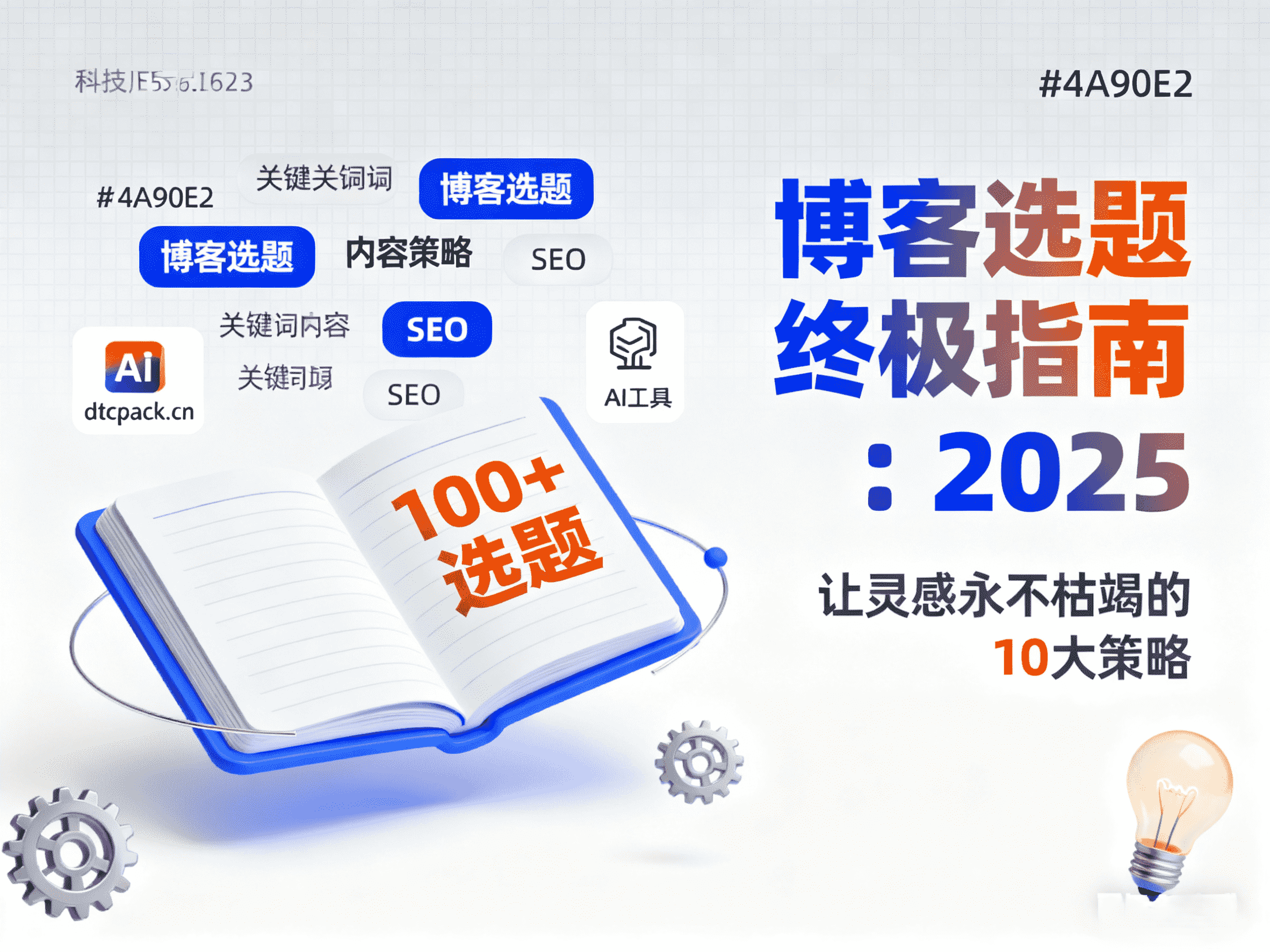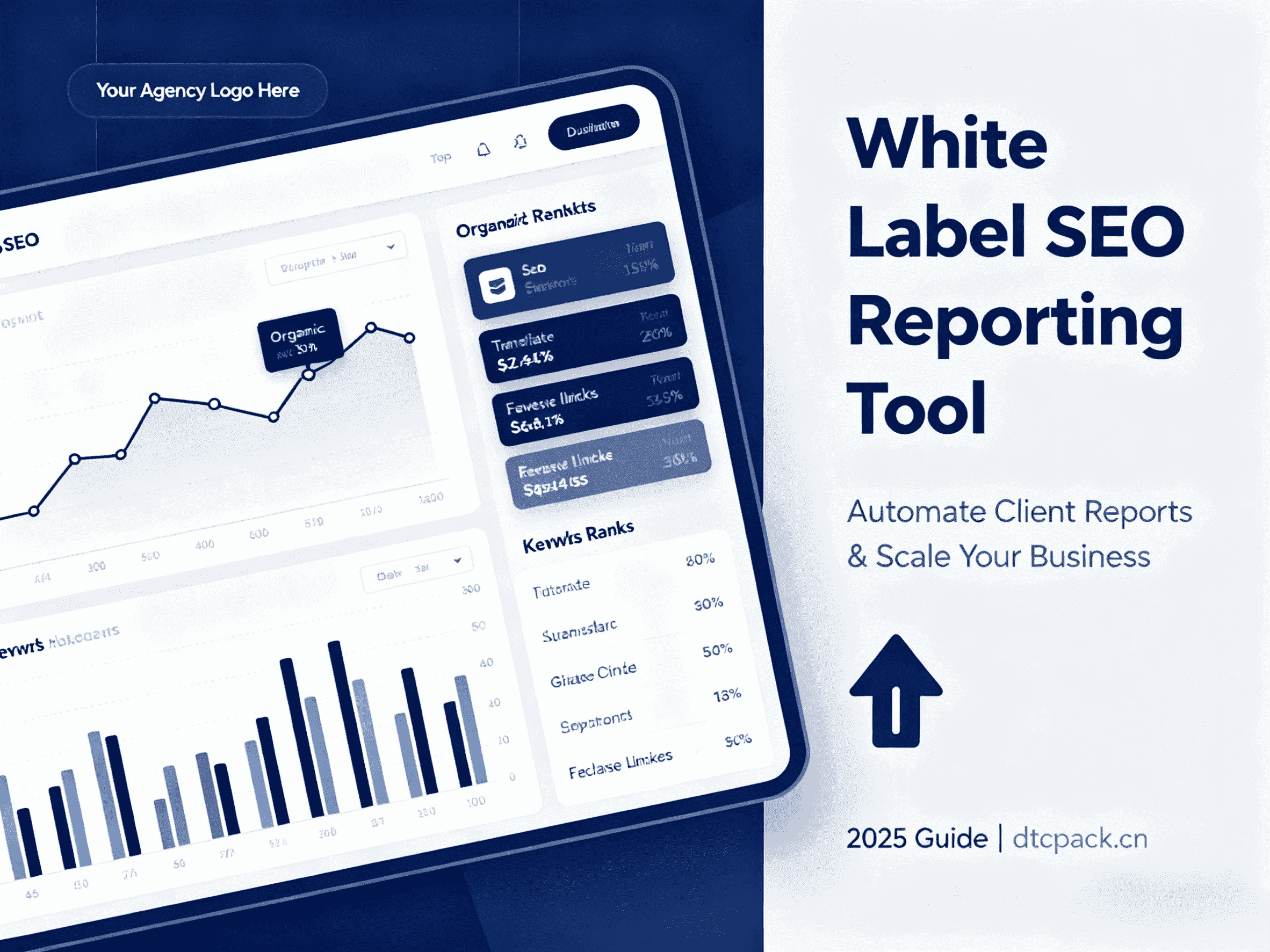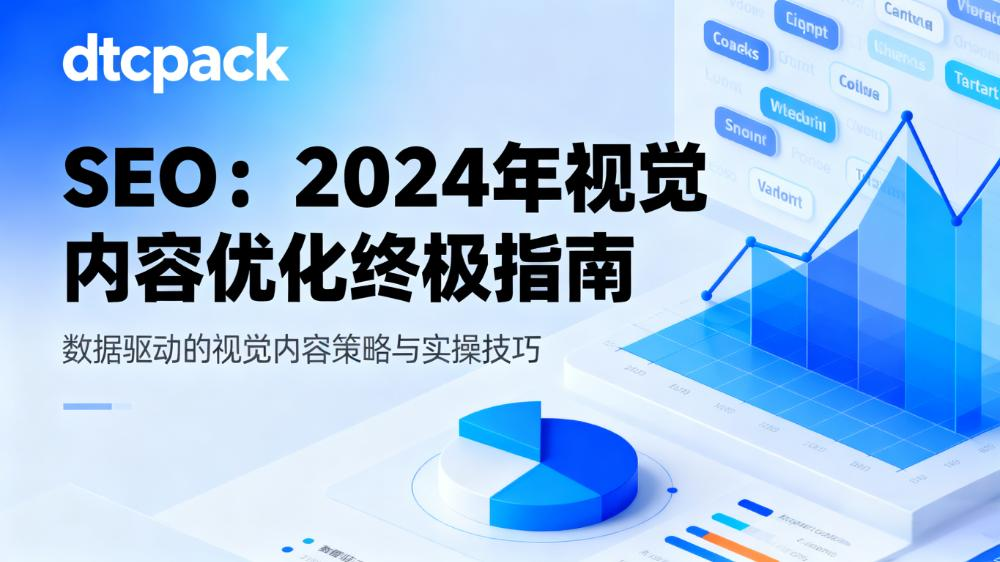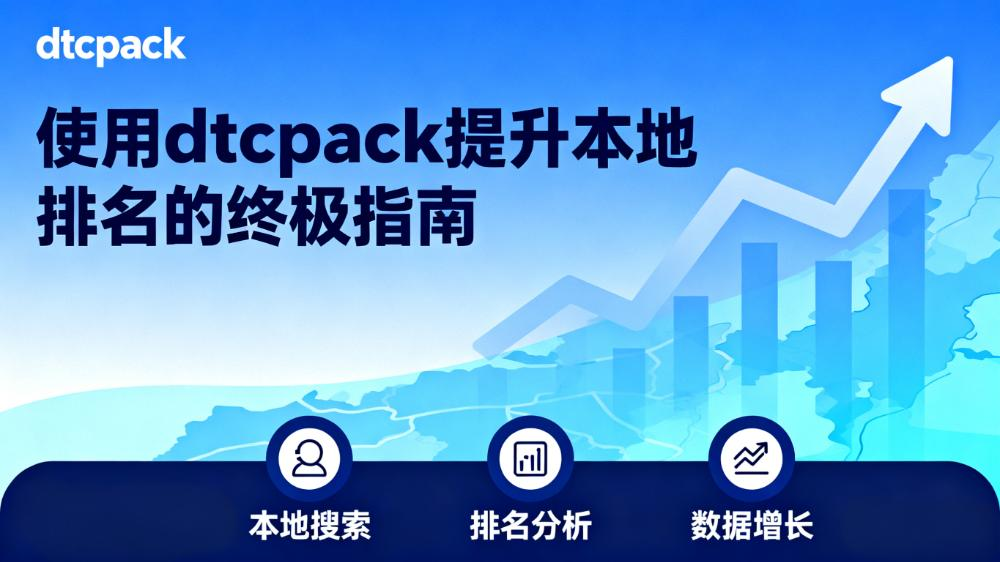How to Conduct Effective Email Marketing During Foreign Trade Expansion

In the competitive global marketplace, foreign trade email marketing has become an indispensable tool for businesses looking to expand market share, enhance brand influence, and increase sales. It's more than just sending emails; it's an art that combines market analysis, user psychology, and creative strategy. So, how can you make your emails stand out in a crowded inbox? This article will delve into the five core strategies of foreign trade email marketing, providing a complete blueprint for success, from building a quality list to analyzing data.
1. Build a High-Quality Email List: The First Step to Success
A clean and targeted email list is the foundation of all foreign trade email marketing activities. The quality of your list is far more important than its quantity. You should focus on attracting potential customers who are genuinely interested in your products or services. Avoid purchasing third-party email lists, as this can damage your sender reputation and may violate laws. Build your subscriber base organically through legitimate channels like website sign-up forms, content downloads, online trade shows, and social media campaigns.
2. Design Highly Attractive Email Content
The appeal of your email content directly impacts your open rates and customer response. A successful marketing email should include the following elements:
-
A Catchy Subject Line: This is the "front door" that determines if a recipient opens your email. A good subject line should be concise and either spark curiosity (e.g., "[Name], a special offer just for you") or provide clear value (e.g., "Save 30%! Our new product catalog is here").
-
Deep Personalization: Address recipients by their name. Recommend products based on their location, browsing history, or past purchases. This level of personalization significantly increases relevance and response rates.
-
High-Quality Visuals: Beautiful product images, GIFs, or short introductory videos can make your content more engaging, effectively convey information, and reinforce your brand identity.
-
A Clear Call-to-Action (CTA): Every email must have a clear objective. Whether it's "Shop Now," "Download Whitepaper," or "Get a Free Quote," your CTA button should be prominent and persuasive.
3. Leverage Email Marketing Automation Tools
With technological advancements, using automation tools can make your foreign trade email marketing efforts far more efficient. Platforms like Zoho Campaigns can help you:
-
Set up Triggered Emails: For example, automatically send a welcome series after a user signs up.
-
Schedule Sends: Time your emails based on the optimal reading hours for customers in different time zones.
-
Track Behavior: Monitor if users open an email or click a link, and trigger follow-up, personalized emails based on these actions.
Automation not only saves significant manual effort but also enables precise, timely, and personalized interactions to effectively nurture leads.
4. Continuously Analyze and Optimize Performance
To constantly improve your strategy, you need to track and analyze the performance of your email campaigns. Key metrics include:
-
Delivery Rate: Measures the quality of your email list.
-
Open Rate: Reflects the appeal of your subject line.
-
Click-Through Rate (CTR): Measures the attractiveness of your content and the effectiveness of your CTA.
-
Conversion Rate: Assesses the actual business value generated by the email.
By analyzing this data, you can understand what content resonates most with your audience and refine your email marketing strategy accordingly.
5. Strictly Comply with International Email Marketing Laws
When conducting cross-border email marketing, it is crucial to adhere to the laws and regulations of your target markets to avoid hefty fines and damage to your brand's reputation.
-
EU's General Data Protection Regulation (GDPR): Requires explicit, opt-in consent from users before you can send them marketing emails and guarantees their right to withdraw consent at any time.
-
USA's CAN-SPAM Act: Mandates that emails include a valid physical postal address and a clear and conspicuous unsubscribe link.
Conclusion
Successful foreign trade email marketing is an organic combination of strategy, creativity, and technology. It's not only an effective tool for acquiring new customers but also a bridge for building long-term trust and connection with existing ones. We hope the five strategies outlined in this article provide valuable insights for your export business. Remember, continuous optimization and constant testing are the keys to your success on the path of email marketing.
FAQ (Frequently Asked Questions)
-
Q1: How do I get my new customers to opt-in to my marketing emails?
A: You can include a clear checkbox on your website's registration, download, or checkout pages, explicitly stating that checking it means they agree to receive marketing communications. You can also offer an incentive, such as "Subscribe to our newsletter and get a 10% discount coupon." -
Q2: How often should I send marketing emails to my customers?
A: There is no fixed standard for frequency; it depends on your industry and the value of your content. A good starting point is to test with a weekly or bi-weekly cadence. The key is to ensure that every email provides value to the customer, rather than sending for the sake of sending. -
Q3: If my email open rate is low, where should I start optimizing?
A: The first place to optimize is your subject line. Try A/B testing different styles (e.g., question-based, benefit-driven, urgency-focused) to find out what type resonates most with your target audience. Also, check if your send time aligns with the daily routines of your customers.







